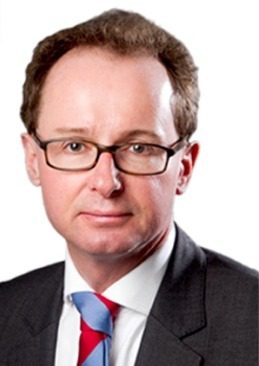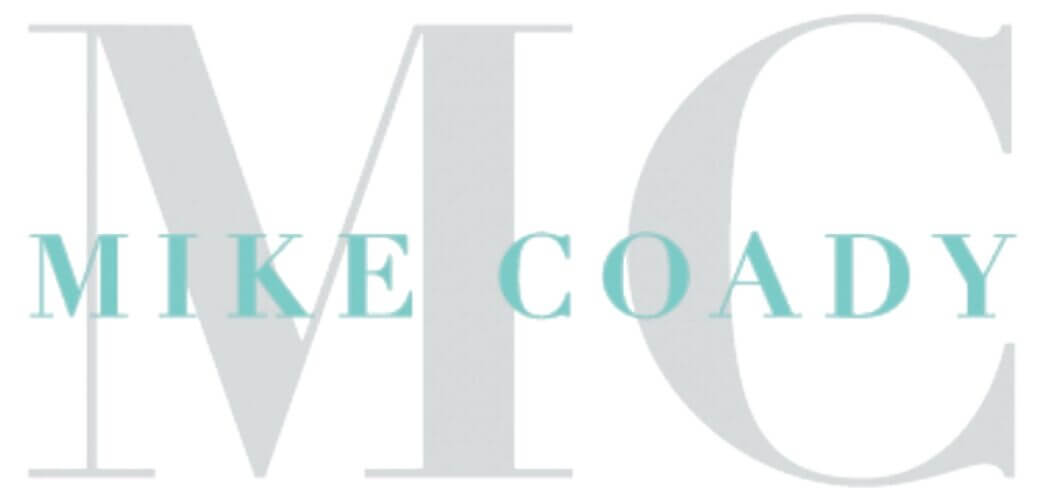I spend a great deal of my professional life travelling around deVere Group’s Western Europe offices and, like many committed observers, I have over the last quarter noticed an undeniable sense that the continent is recovering, re-energising, and very much open for business.
It is almost palpable. You can notice it, as I have during my recent travels, in airports where the lounges are full of international executives discussing strategic plans for the future; you can see it on planes where the business and first class cabins are nearly always at full capacity; and you know times are certainly picking up when the best hotels and fine restaurants in any given city are turning clients away.
This sentiment of renewed optimism and confidence across Western Europe, I believe, heralds a major turning point. There can be no denying that activity in Europe has been quieter over the last couple of years, compared to other global markets which have been less affected by external economic factors and industry trends that have combined to create a tougher environment.
But we’ve now moved forward through the transition and stabilisation period and the lifeblood, it would seem, is once again surging through the so-called Old Continent’s veins.
It is a view echoed by teams I’ve spoken with from deVere United Kingdom, deVere Germany, deVere Switzerland, deVere Spain, deVere Italia and deVere France. Indeed, they all share one common observation: following the rather relatively sluggish movement of business throughout Europe in recent times, there are definite signs of solid, robust growth and increasing investor confidence and a greater appetite for risk.
Positive outlook on Europe
The official statistics support the anecdotal evidence. Economic activity began to stabilise during the fourth quarter of last year, with an average 1 per cent growth rate anticipated for 2014 as austerity goes into decline, and demand for European exports from the rest of the world increases.
However, not all countries within the EU are experiencing the same rate of growth. A consequence of the recovery in the northern ‘core’ economies is that it is helping the southern ‘peripheral’ economies boost their exports. Together with a reduced consumption of imports (as a result of recession) it means that we are seeing countries such as Greece and Spain now running current account surpluses, that’s to say they are paying for themselves in the world, albeit at the price of having smaller economies.
Overall I am optimistic that the region is set for recovery, and that from an investor’s point of view euro zone stock markets offer a large number of recovery plays on fair valuations.
So what’s next for the eurozone? Well, I wholeheartedly believe that Europe is back on the road to success. The PMI expanded at a faster rate than expected, investors are taking a significantly more bullish approach for the first time in years. A recent rise in eurozone inflation has seen the European Central Bank delaying further monetary easing, which has subsequently led to a stronger euro. Trading levels are up and the number of mergers and acquisitions in the EU are also growing.
I am tremendously optimistic and excited that Western Europe is now once again flourishing and regaining its pre-crisis prominence.
Related
You May Also Like


Choosing the right school for your Children
The UAE, particularly Dubai and Abu Dhabi, offers a multitude of educational opportunities for children, with a diverse...


A fortnightly look at global financial markets – 25 October 2016
The following is a detailed commentary and analysis from deVere Group’s International Investment Strategist, Tom Elliot regarding: Is...


Family Wealth Manager praises mentoring at Stapleford Park
When Albert Einstein said: “The only source of knowledge is experience” I believe he wasn’t too far away...
DISCLOSURE:
mikecoady.com, the website, does not provide financial, investment or tax advice. It is specially designed to provide its users with general information. It does not give individual or specific advice on which products or services are the most appropriate for an individual’s particular circumstances. We may from time to time publish content on this site that has been created by affiliated or unaffiliated contributors.





